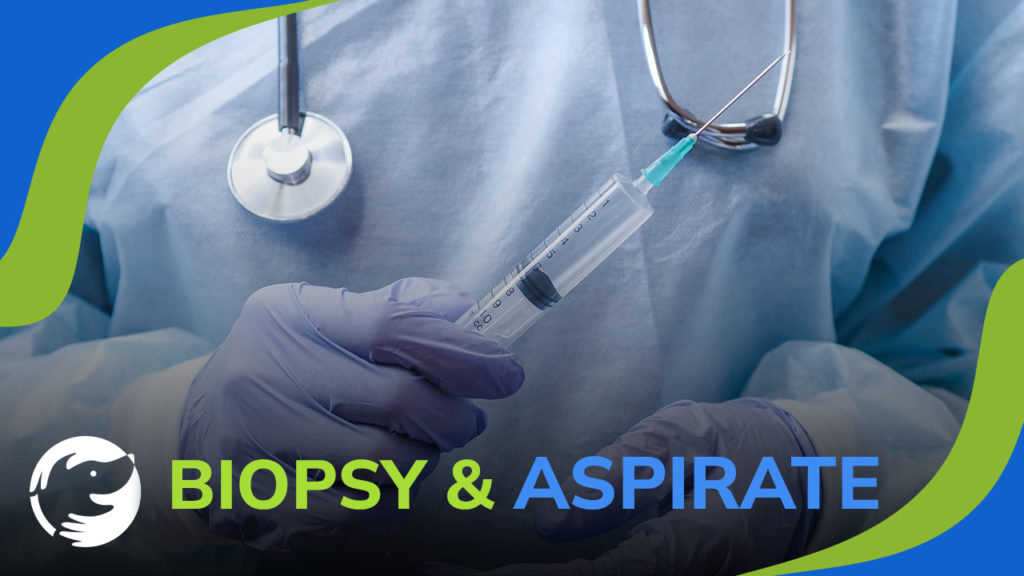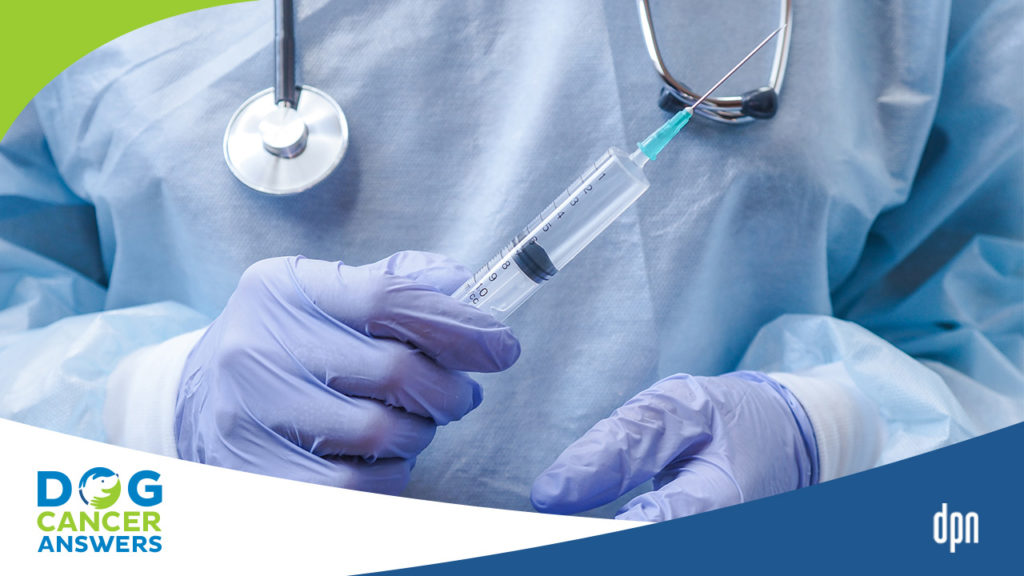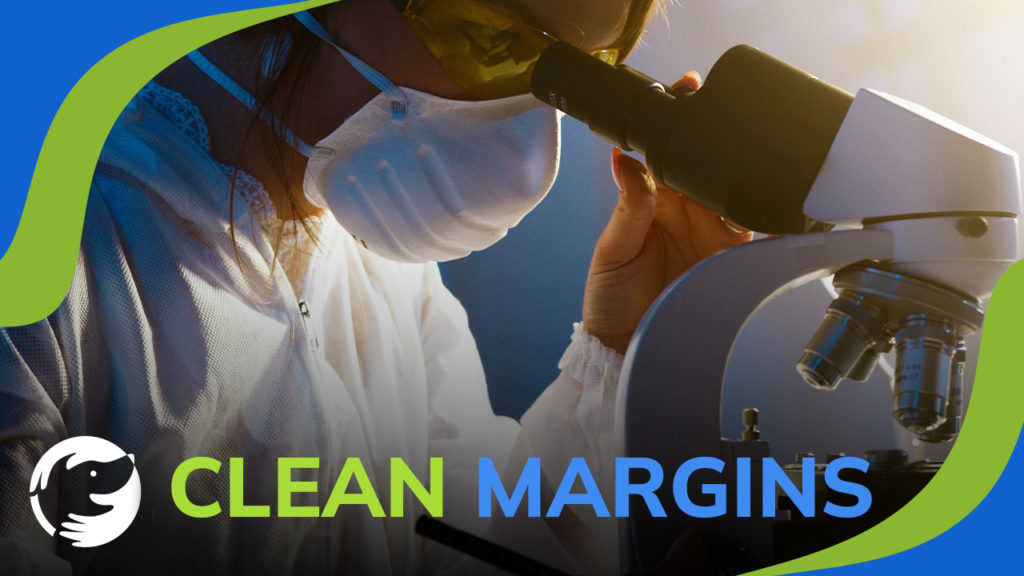
Diagnosing Dog Cancer with a Biopsy or Fine Needle Aspirate
Are fine needle aspirate and biopsies used in diagnosing cancer in dogs? How long does it take to get results? Do I need a specialist?
James Jacobson: One of the common ways to find out exactly what kind of cancer your dog has is using a diagnostic technique that involves a fine needle aspirate. So, I’m gonna ask you Dr. Ettinger in New York, what was the process of using a fine needle aspirate in the biopsy proceedings?
Dr. Susan Ettinger: Sure! So, a fine needle aspirate is a little less invasive than a biopsy with a fine needle aspirate, your veterinarian has gonna use a needle and a syringe, kinda just like they’re getting a blood sample, but in general, they’re gonna insert the needle with a syringe into the lymph node, or the skin mass, or the subcutaneous mass and collect some of the cells back. They’ll put it on microscope slide and I will go up to the lab to be look at under the microscope. The biopsy is slightly more invasive cause you’re actually taking a core of tissue. In general is a little bit more thorough for the pathologist who’s looking at those cells under the microscope. But we will typically start with the fine needle aspirate ’cause it’s a little less invasive, and a little less expensive. It can at least tell you whether the mass on your pet is a cancer, or an abcyst, or an infection, and at least gives you a place to start with your pet’s diagnosis.
James Jacobson: Dr. Dressler, is that usually done under general anesthesia?
Dr. Demian Dressler: It depends on what we’re talking about and what we’re testing. The superficial ones which is out on the skin, though is usually will start as Dr. Ettinger point it out with a fine needle aspirate and it’s very very simple, and it literally as far as the pathos concerned only it takes well, I would say about 4 or 5 seconds to retrieve the sample but the biopsy is a different story and those require either very deep sedation with a local block. A local block is like a novocaine type block on the skin or anesthesia because there we’re harvesting we’re collecting a piece of tissue or the whole growth to be checked and that requires anesthesia.
James Jacobson: Then, that is, that’s usually done by a regular Veterinarian, does it need to be done by specialist or is your regular Vet good person to do this?
Dr. Demian Dressler: It depends on what stage we’re talking about that Dr. Ettinger. Did you wanna jump in on that one?
Dr. Susan Ettinger: Well, I think it depends on what organ or where the mass of concern is. If it’s a liver aspirate or a liver biopsy that might be done, ultrasound guided and they’re might be a specialist involved. It really depends on how comfortable your veterinarian is doing that procedure. Some general practitioners do them, but sometimes they will send that up to specialist. So, I think it really depends on how superficial the mass is. Is that likely a cause of bleeding or one of the risks of collecting that sample. So, it’s hard to make generalizations for some of these.
James Jacobson: Once the sample has collected it’s send off to a lab, how long does it usually take to get the results back?
Dr. Susan Ettinger: It depends on your Veterinarian’s lab. We actually have a pretty quick turnaround time for cytology. We get them back within 24 to 48 hours.
James Jacobson: And you’re in New York. What about in Hawaii? How long does it take where you are Dr. Dressler?
Dr. Demian Dressler: For a fine needle aspirate, it’s usually about a week, and for a biopsy, it’s closer to 10 days. Simply because of shipping although we do FedEx the specimens out, there’s obviously more delayed interval between submission and getting the results. One thing…
James Jacobson: Go on.
Dr. Demian Dressler: One thing I think that’s important for everybody to realize is watching this video is the answer to the question, “what kind of cancer is it?” or “what kind of bump is it? Just by looking at it. They said, “Doc, can you…?” “What do you think about this bump?” “Can you get it?” “Can you check it out for me?” They expect us to look at the bump, then to feel it with the fingertips. This is not a very reliable way of telling whether a bump is a cancer bump or not.
James Jacobson: It’s a really important process for finding out what you’re dealing with. Dr. Dressler in Hawaii, Dr Ettinger in New York. Thank you so much.
Dr. Demian Dressler & Dr. Susan Ettinger: Thank you.
Topics
Did You Find This Helpful? Share It with Your Pack!
Use the buttons to share what you learned on social media, download a PDF, print this out, or email it to your veterinarian.
Editor's Picks
CATEGORY




